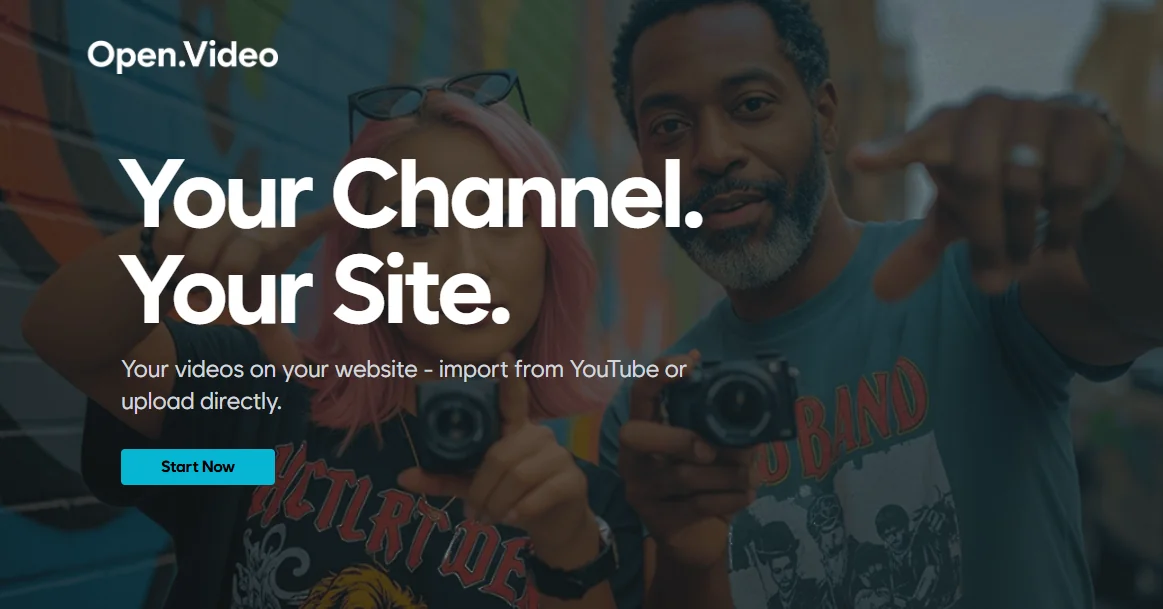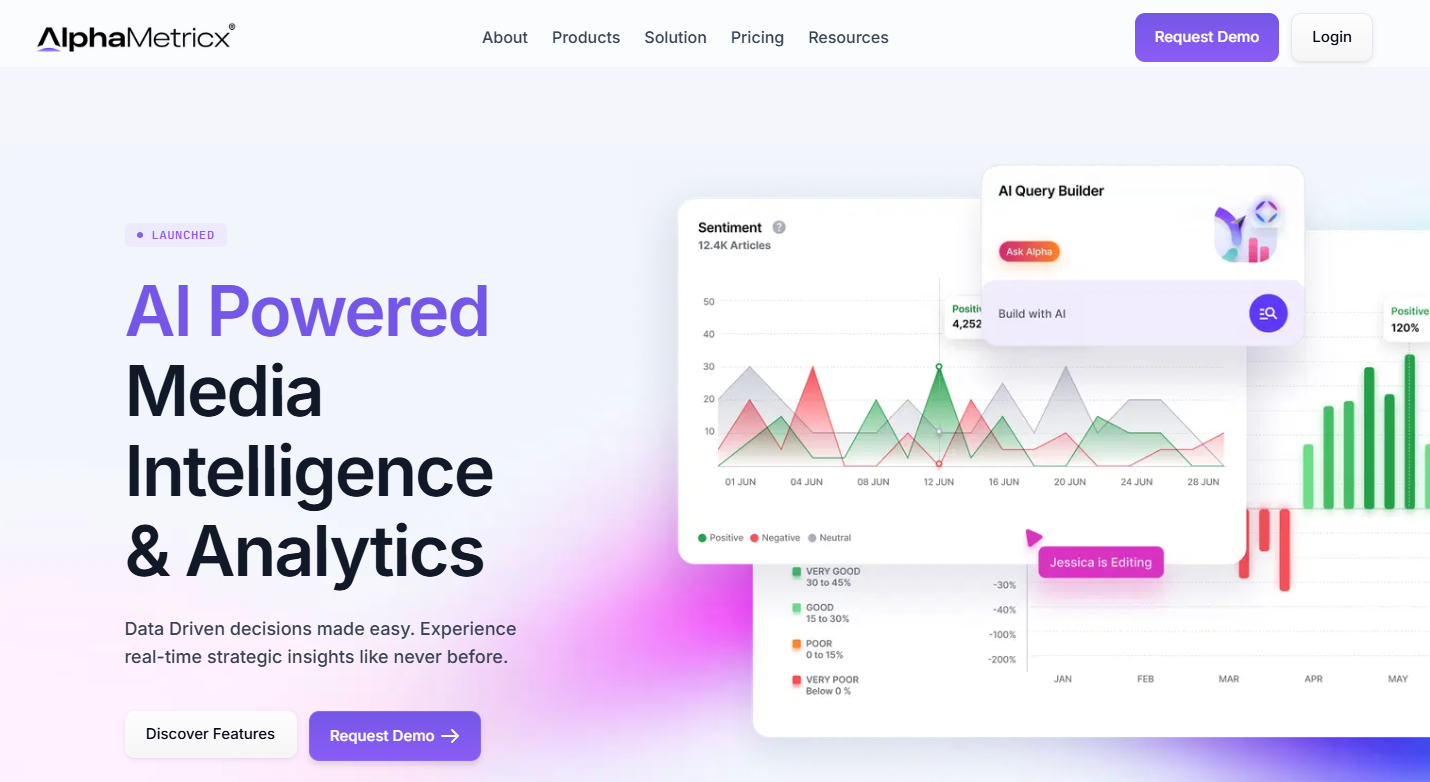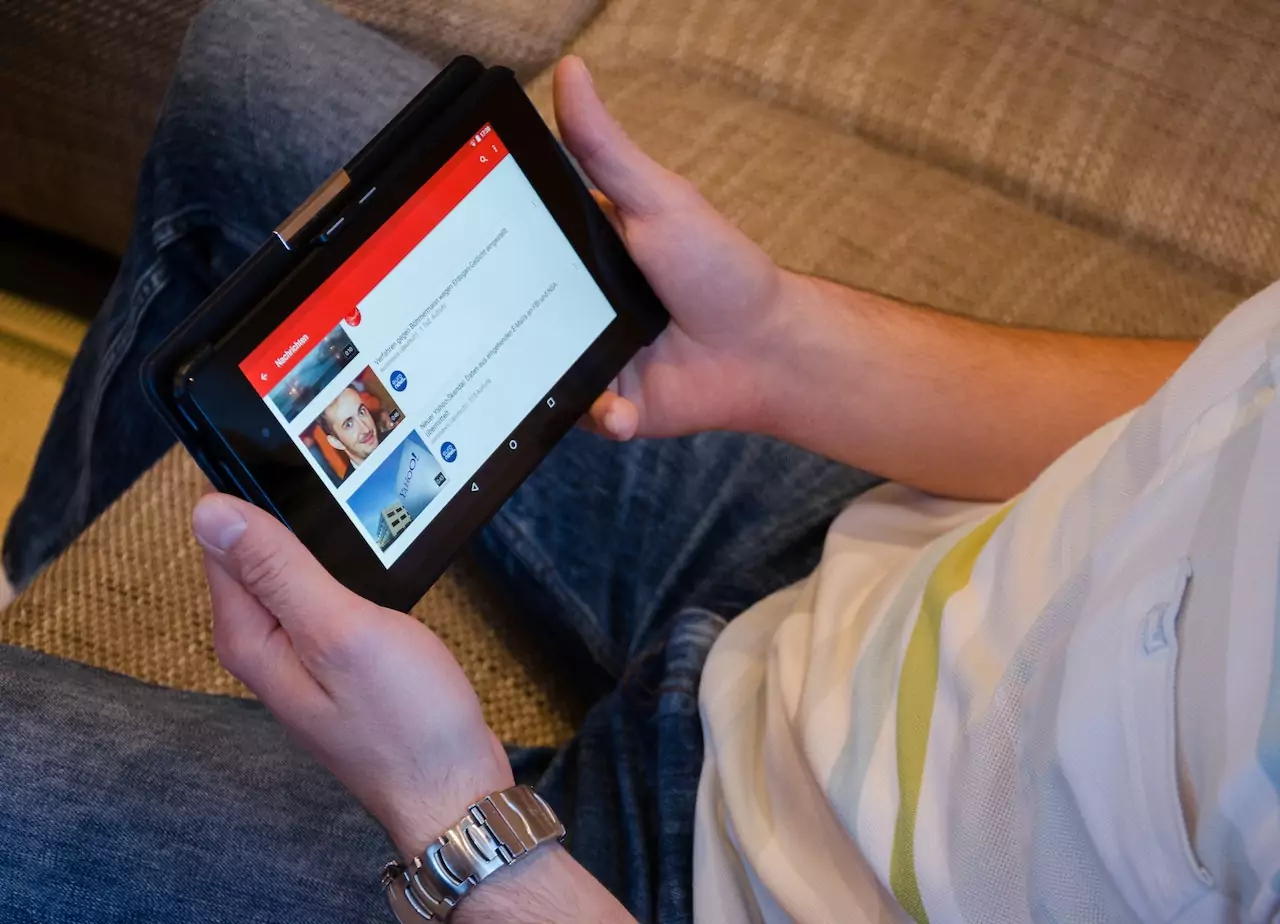What led you to start working in the tech and media industry?
It all started back in 1998, as the internet and digital advertising started to emerge. I was working in investment banking, and one day came across Adobe Flash for the first time. I thought it could be a great tool for digital advertising and creating “Flash” ads rather than static banner ads. So I created a sample and showed it to advertising agencies. It was an eye-opener for the industry because it was new, and no one was doing anything like that at the time.
I ran with the idea of founding a start-up, Ad4ever, a Rich Media Platform for advertisers – something akin to a modern-day DSP. The company took off, landed clients in the US, ran campaigns for large international brands, and eventually, aQuantive acquired us.
How did this lead you to develop total media solutions?
After the acquisition in 2004, I saw another gap in the market – for an ad server platform. We had a good relationship with DoubleClick from our days at Ad4ever, so we entered into a reselling agreement with them for the Israeli market as Total Media Solutions. When DoubleClick was bought by Google soon after, our relationship expanded and deepened. This close relationship with Google and our expertise meant we were well-positioned to address common challenges faced by publishers and advertisers.
What does a typical day look like for you? What does your setup look like? (apps, productivity tools, etc.)
I start every morning with a run, but that’s really the only routine as there’s no such thing as a ‘typical day. In our industry, everything is dynamic, and every day something new and unexpected happens. But amongst all this chaos, I try to create some order. When I arrive at the office, I check in with everyone to say good morning and make sure there haven’t been any surprises overnight. Then I look at my emails and review our performance dashboard – run rate, activity, and anything unexpected, good or bad. I also review our Salesforce and ClickUp dashboards – check what tasks are open, what’s in the pipeline, and what to expect. I have regular meetings with our managers to discuss strategy, progress in our roadmaps, marketing efforts, sales goals and plans. And of course, I take the time to read financial and industry news in publications from Bloomberg and The Financial Times to AdExchanger and Adweek.
What changes have you seen in the media industry since the pandemic, and why?
When the pandemic hit, the initial knee-jerk reaction from advertisers was to pull budgets across the board, and for tourism, travel, and entertainment, this was the case more so. This is an issue when the large advertisers in these hard-hit industries are also some of the greatest vehicles for programmatic media because several of their funnels are online with high digital adoption.
We saw another change: pre-pandemic mobile had been on the rise and continued to grow after the Covid-19 hit, but we’ve also seen desktop use growing simultaneously because people have been at home.
Google is replacing its scaled partner management (spm) program with its multiple customer management (mcm) program. What is the difference between them, and how will the change affect publishing?
The Multiple Customer Management (MCM) program introduced by Google in September 2021 is designed to simplify Ad Manager access, streamline monetisation efforts and improve user experience. But, publishers reliant on the previous Scaled Partner Management (SPM) program are at risk of losing access to Ad Manager tools such as Ad Exchange (AdX) at the changeover unless their SPM partner meets the MCM program’s requirements.
This means publishers need to start having conversations with their SPM partners to find out if they have been accepted into the MCM program. If they have, the partners will send publishers an invitation to accept and provide permission to monetise and manage their ad inventories through the program. However, if their partner vendors haven’t qualified, publishers will need to switch to an MCM partner and retag their sites or risk losing a significant part of their revenue.
Staying on the subject of google updates, the company released more guidance than usual on its largest page experience update called core web vitals. How should publishers interpret these changes?
Three new metrics are part of the Core Web Vitals update. The first, Largest Contentful Paint (LCP), measures perceived load speed by measuring how long a page’s main content takes to load. The second, Cumulative Layout Shift (CLS), measures the visual stability of pages by evaluating how often users experience unexpected layout shifts. Layout shifts can be caused by dynamic content, such as ads with different sizes. The third, First Input Delay (FID), measures load responsiveness and interactivity by calculating the time between a user’s first interaction with a page and when the browser starts processing that interaction.
To put it simply, the new Google updates are a directive for publishers to champion the user experience, which will lead the algorithm to reward sites with increased rankings. Problems with any of these three metrics will affect ranking scores, so publishers need to check their Core Web Vitals report to pinpoint the areas that need improvement, then take the necessary steps to eliminate the elements that disrupt the user experience.
The end of third-party cookies is causing waves, but are there any other forthcoming changes that publishers should be aware of?
The end of the cookie is just the strawman for the wider privacy debate. More broadly, consumer trends are heading towards enhanced privacy, and mobile web updates such as those implemented by Apple are only fuelling this. The web is also becoming highly regulated, not just in terms of privacy but also in terms of the players involved and how big tech players can operate. If the big tech players such as Google have to respond to this, it could open up the field for other players who might have better solutions.
What’s the problem that you’re passionately tackling at the total media solutions at the moment?
Publishers are naturally busy building up paid subscriber bases and reaching audiences in new formats, such as newsletters, highlighted in a 2020 report from the Reuters Institute for the Study of Journalism. But at the same time, a third of new publishers say that declining ad revenue is the greatest threat to their survival, and we see few do enough to encourage ad spend on their sites. Moreover, by focusing only on content, publishers neglect some of the other areas where they need to act to keep ad spend coming in. These are things like user experience, site structure and speed, and functionality, which advertisers take into account when making ad placement decisions.
Content from our partners
In response to this, we’re really focused on publisher revenue management: ultimately, how we can make revenue management better and more efficient for publishers to help them reduce volatility and ensure stable monthly recurring revenue.
Do you have any advice for ambitious digital publishing and media professionals?
It’s all about picking the right partner because having someone who understands your business is vital to success. Many companies operate in the space, and most of them have value, but certain ones are plug-and-play-and-forget; others are more partnership-based; you need to find out what the right approach is for you.












